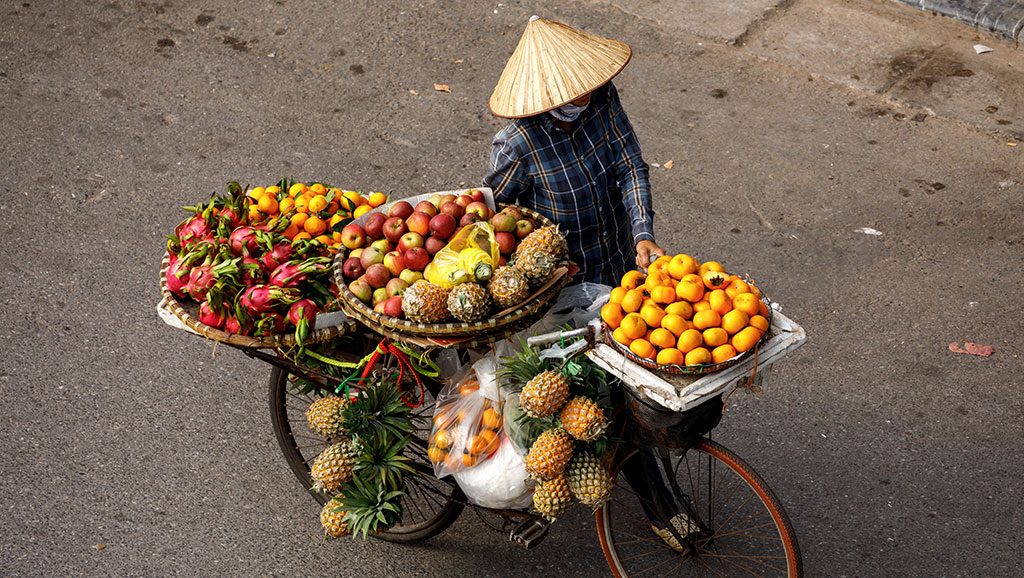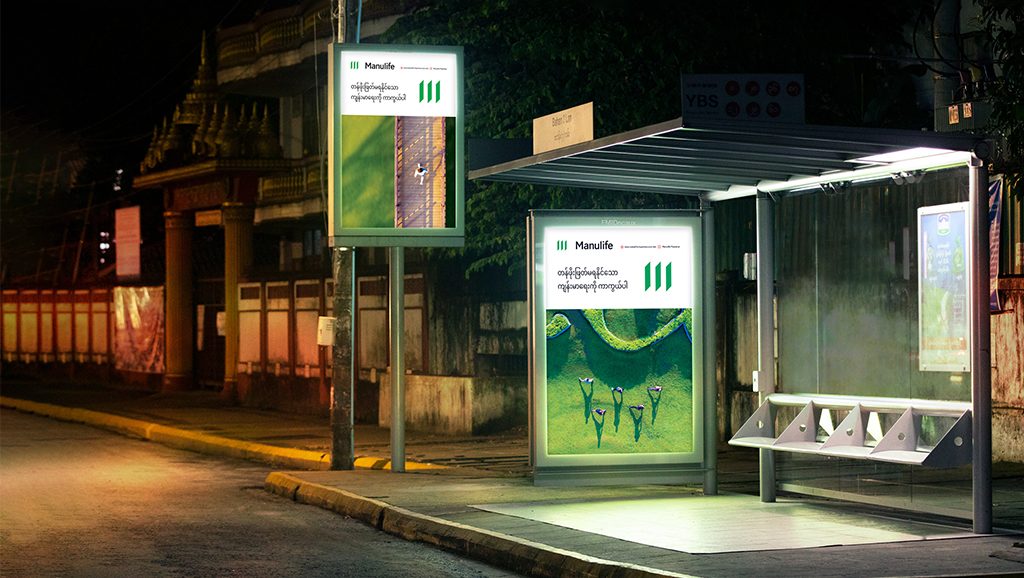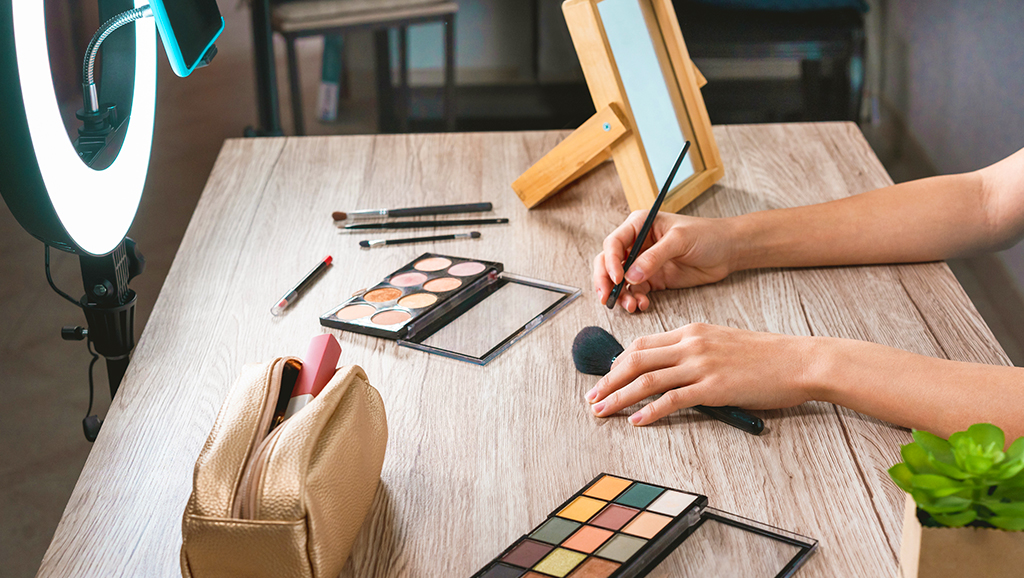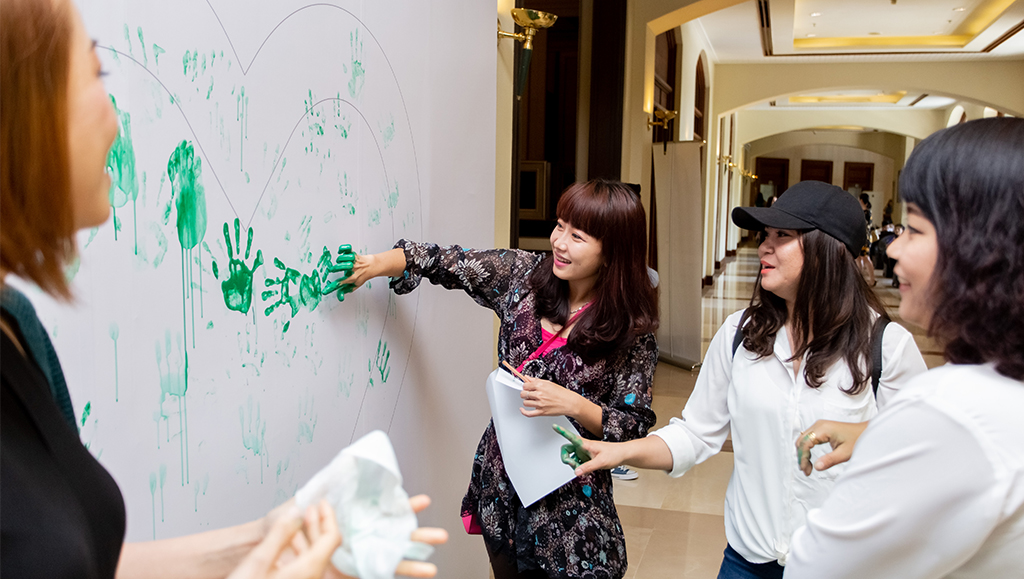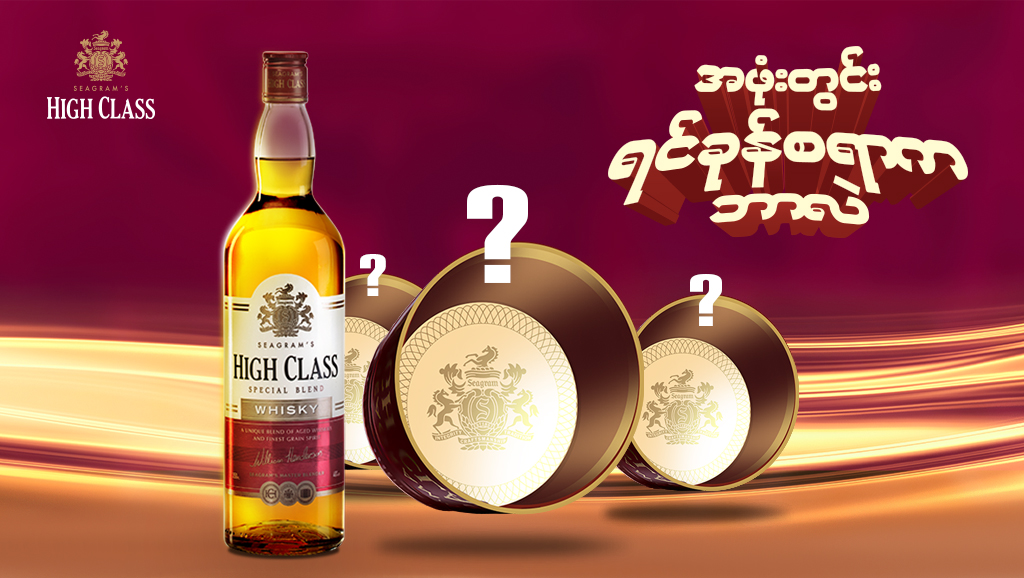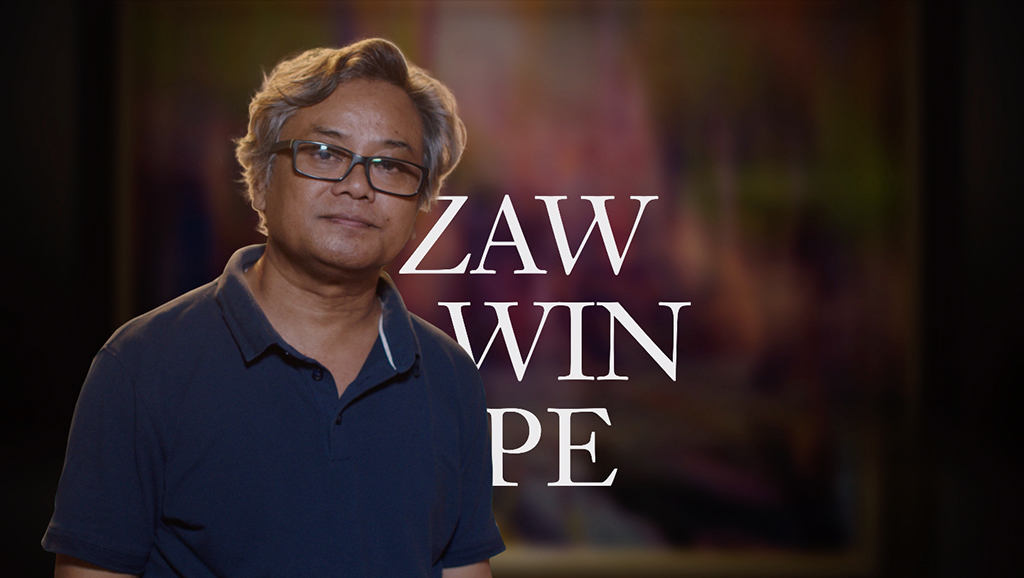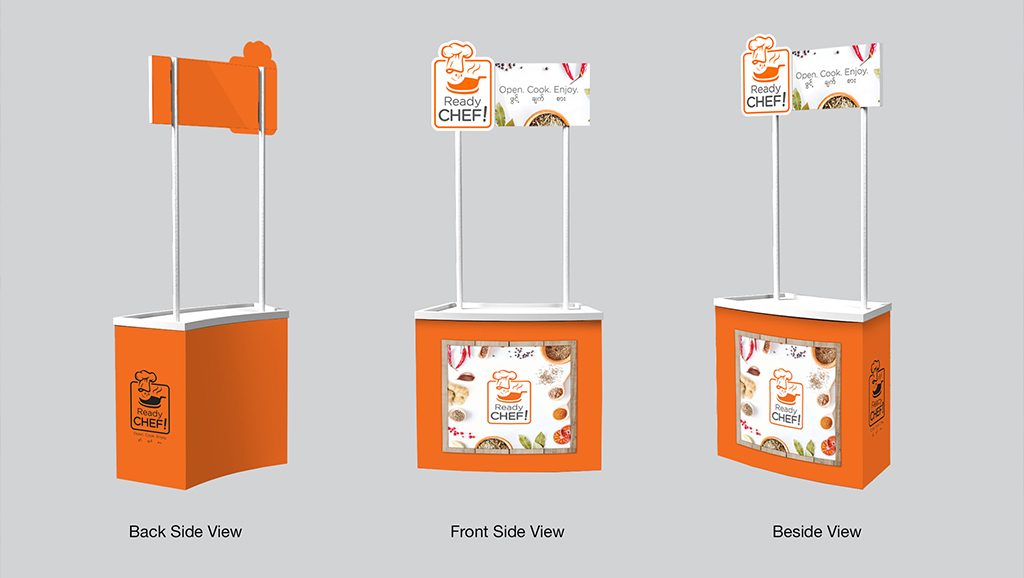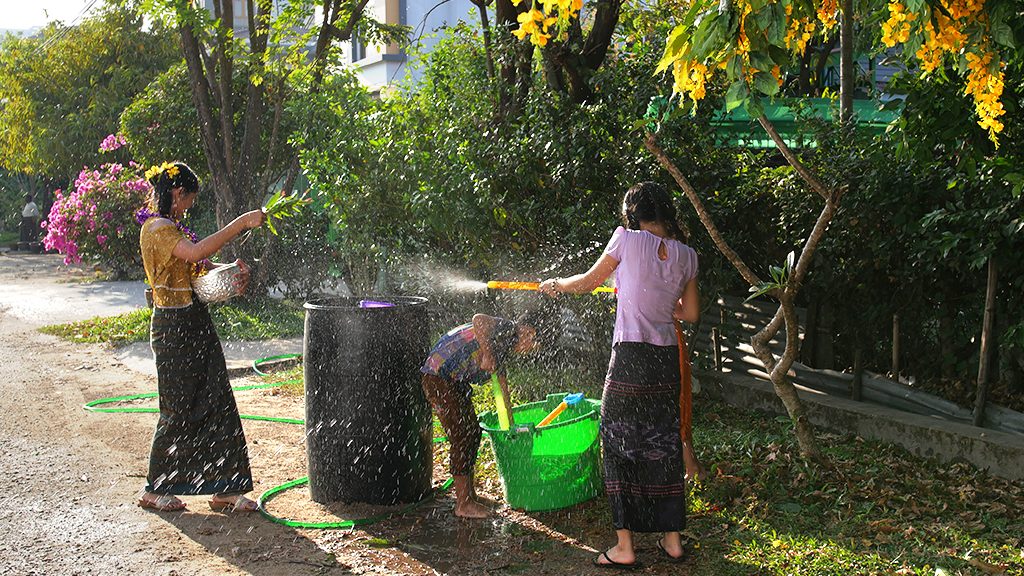
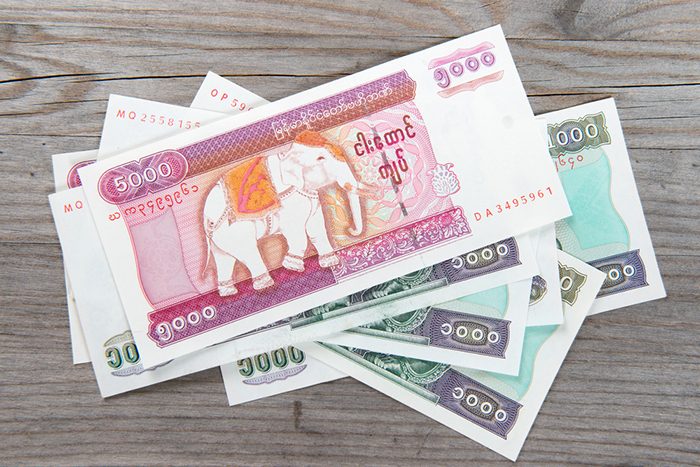
If the advertisements are to be believed then 2015 is going to be a big year for banking in Myanmar. It seems that following the giant digital leap that the country has taken into mobile technology in the last 12 months, the banks are also moving with the times. Several Myanmar banks are currently in the latter stages of the process of developing and testing mobile banking applications for their customers.
Also with new financial regulations recently put into place, the banking system is at last opening up to the world for the first time in over 60 years, and a whole host of foreign banks are clamouring to open branches in the country. This overhaul of the banking system looks set to bring some much-needed confidence back to the banking and financial sectors.
It’s estimated that approximately only 1 in 10 Myanmar people actually hold a bank account, and due to a number of issues over the years, many Myanmar people still don’t trust banks and even actual cash money. They prefer to maintain their savings in the form of gold. But since the first ATMs were introduced to a suspicious public in 2013, new ATMs are now being built on almost every street corner all over Yangon. If the queues on payday are anything to go by, they are becoming increasingly popular.
Some supermarkets and restaurants in Yangon are now advertising that they accept VISA and MasterCard, and as the technology and communications infrastructure grows, it won’t be long before electronic payment is common throughout the larger cities of Myanmar.
However, whilst the technological and digital revolution continues, you will more than likely find yourself having to deal with cash in the local currency for many transactions. The largest denomination available is the 10,000 kyat note which is equivalent to approximately USD$10. However, as these are actually in short supply, you’ll be using the 5,000 kyat notes more often than not. If you are planning on paying the rent on a property for example, and it is common here to pay the first six months up front, then you’ll probably need a suitcase or 2 to carry all that cash.
If quantity is the case when dealing with kyat, then quality definitely is the key word when considering dollars. Foreign exchange offices are now located all over Yangon, and their rates are proudly advertised in neon lights in the windows. This tends to oscillate around 1000 Kyat to the dollar but there are some caveats to that. One thing you need to be aware of is that regardless of the advertised exchange rate, the rate you’ll actually receive depends on the size of the note (anything less than $100 bills and the rate decreases exponentially), but also more importantly on the quality of your note. Torn, folded, marked or dirty notes are worth less kyat. If the note is particularly grubby, or showing signs of a tough life, it might even be completely refused. Nobody has really got to the bottom of why this is. The banks all claim that it makes no difference, but that is the system, and so you’d better look after your notes.
The days of disappearing down a dark alley to meet a man with a calculator and a briefcase full of kyat to exchange your dollars (at an unofficial rate) are gone. It also seems that the physical process of using a bank – the queuing and endless paperwork – could well be a thing of the past. And hopefully it won’t be long before a plastic card or a smartphone will even replace the suitcase once and for all.



